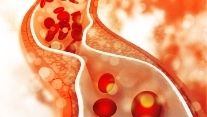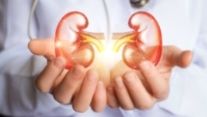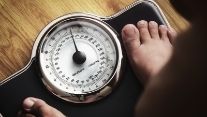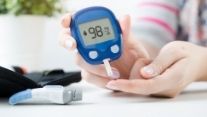Osteoporosis is a condition that causes our bones to become weaker. They become brittle to such an extent that even small stresses, coughing, or bending over can result in a fracture. These fractures occur mostly in the spine, wrist, and hip region.
Our bones are important as they provide support to our body, protect our organs, and store necessary minerals and calcium. When our body requires calcium, it breaks down the bone and rebuilds it. This process is known as bone remodeling, and it helps to supply our body with the amount of calcium that it requires while also keeping the bones strong.
This process occurs smoothly up until the age of 30. After the age of 35, the breakdown of bones occurs more rapidly than bone build-up that causes a slight loss of bones.
In osteoporosis, the formation of new bones to replace the loss of the old ones does not continue, as loss of bone mass occurs at a greater rate. Women at the age of 50, who are past menopause, are at more risk as their body breaks down bones even more quickly.
Common Symptoms of Osteoporosis
Symptoms of osteoporosis do not show up in the early stages of bone loss. However, the following symptoms commonly occur once the bones have weakened by osteoporosis:
- Height loss over time
- A bend down or stooped posture
- Back pains caused by collapsed vertebra or fractures
- Frequent bone breakages
What Causes Osteoporosis?
The area inside of a healthy bone that looks like a sponge is called the trabecular bone. Dense bones are wrapped around this spongy bone like an outer shell. This hard-outer shell is called the cortical bone. When osteoporosis occurs, the holes in the sponge region of the bone grow large and innumerable. That further weakens the internal part of the bone to a greater extent causing osteoporosis to occur.
Our diet contributes considerably to making our bones stronger, and below we have detailed the risk factors, health complications, and the role of calcium intake in our diet to prevent calcium deficiency and bone problems.








































